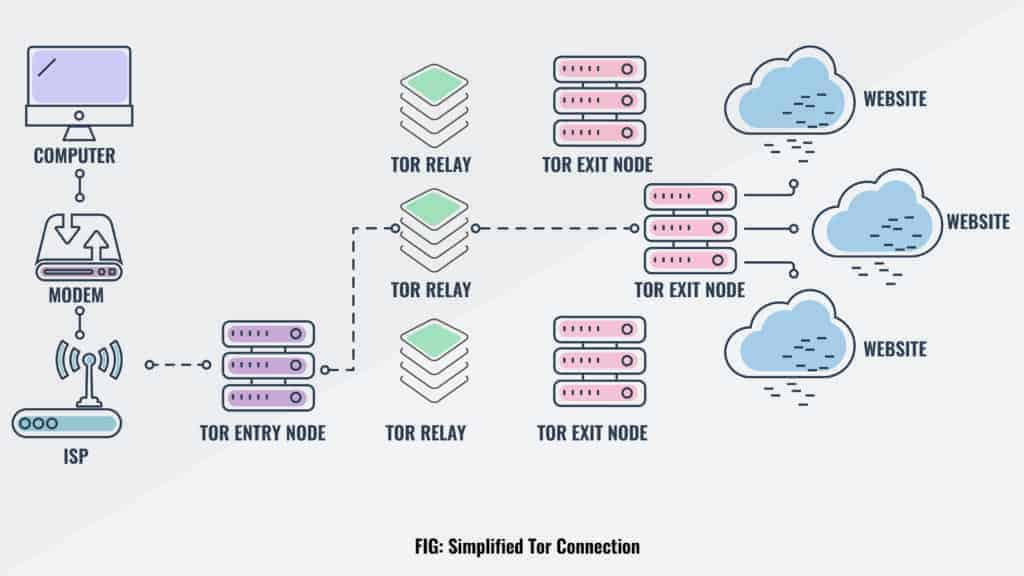


Qu'est-ce que la The Onion Router (Tor)?ĭefinition: The Onion Router (Tor) is an open-source software program that allows users to protect their privacy and security against a common form of Internet surveillance known as traffic analysis.By contrast, due to the complex cable management, it's difficult for EoR design to make modification or expansion. Therefore, ToR has a better network expansion. Network expansion:Since each rack in ToR design is autonomous, modular deployment is effortlessly possible with it, which means a rack with all essential requirements can be easily connected and deployed. On the contrary, fewer devices in EoR design result in less rack space, a decrease in maintenance effort, less power consumption and cooling system requirements, and also higher switch port utilization. Power & cooling: More switches in ToR design means an increase in the number of ports in aggregation switches, which leads to high power concumption and underutilization of switch ports. However, it needs more cables, resulting in a complex and bulky network and increasing the difficulty of cable management. In contrast, EoR design requires fewer switches compared to ToR design. ToR design requires more switches but fewer numbers of cables, achieving easy cable management. Network devices: One of the biggest differences between ToR and EoR is the network devices required in the network design. Switches centrally residing in 1-2 racks of the same row To learn more information about ToR switch, please read Popular ToR and ToR Switch in Data Center Architectures. Fewer cables mean that one can opt for better quality and higher bandwidth cables in the same budget. Any change, upgrade, or malfunction in the rack usually affects that rack only. In the ToR approach, every rack in the data center network is a separate entity that eases its management. This fiber cable is a direct link from the common aggregation area to the rack. The rack is linked to the data center network by an Ethernet switch, often through a fiber cable. It is cost-effective because it reduces the number of copper cables between racks. This means that 1 or 2 Ethernet switches are directly installed inside the rack, therefore copper cables stay inside the rack. In this approach, the network access switch is placed on the top of the server rack hence, servers are directly connected to the network access switch. Top of rack (ToR) which is also known as In-Rack design.


 0 kommentar(er)
0 kommentar(er)
